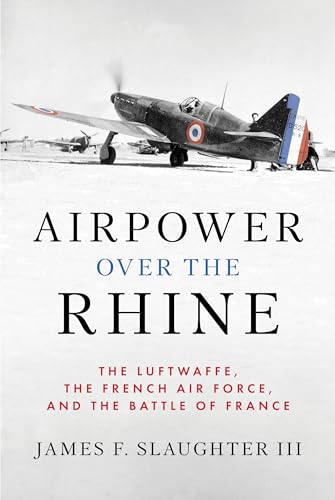
Allied Jet Killers of World War 2
by Stephen Chapis
Popularity
4.24 / 5
* A book's popularity is determined by how it compares to all other books on this website.
Where to buy?
Buy from Amazon* If you buy this book through the link above, we may receive a small commission at no extra cost to you.
Allied Jet Killers of World War 2 by Stephen Chapis
Details
War:
World War II
Perspective:
Fighter Jets
Biography:
No
Region:
Europe
Page Count:
97
Published Date:
2017
ISBN13:
9781472823533
Description
Brief Summary (no spoilers)
Allied Jet Killers of World War 2 by Stephen Chapis delves into the encounters between Allied fighter pilots and German jets during the closing months of World War II. The book focuses on the formidable challenges posed by the advanced German Me 262 fighters, among others. Chapis chronicles the strategic adjustments and aerial combat techniques utilized by pilots from the USAAF and RAF as they learned to counter these innovative threats. The narrative highlights the bravery and ingenuity of both well-known and unsung pilots who took to the skies in aircraft such as P-47s, P-51s, Spitfires, and Tempests to successfully engage with the Luftwaffe's formidable 'wonder weapons.'
Main Themes and Topics
One of the central themes of Allied Jet Killers of World War 2 is the significant technological and tactical shift in aerial combat during the latter part of the war. The appearance of German jets marked a turning point, compelling Allied forces to rethink their strategies to overcome this advanced threat. Another prevalent theme is the heroism and skill of the Allied pilots, illustrated through detailed accounts of dogfights and the pilots' perseverance in the face of seemingly insurmountable odds. The book also provides a narrative on the human aspect of war, showcasing the courage and determination of these pilots in their fight against the technological advancements of the enemy.
Writing Style and Tone
Stephen Chapis employs a meticulously researched and engaging writing style that combines factual precision with compelling storytelling. The tone is both informative and respectful, as Chapis honors the legacy of the pilots while providing a comprehensive account of the aerial battles. The book interweaves technical details of aircraft performance with personal anecdotes, striking a balance that appeals to both military historians and general readers interested in World War II aviation history.
Criticism
Some readers might find the book's focus predominantly on Allied perspectives and experiences somewhat limiting, as it might overlook a broader context of the aerial warfare developments involving other forces and perspectives. Although the book offers detailed descriptions of dogfights and technical aspects, individuals seeking an all-encompassing view of World War II aerial combat might wish for a more diverse range of perspectives, including more on the experiences of German pilots.









